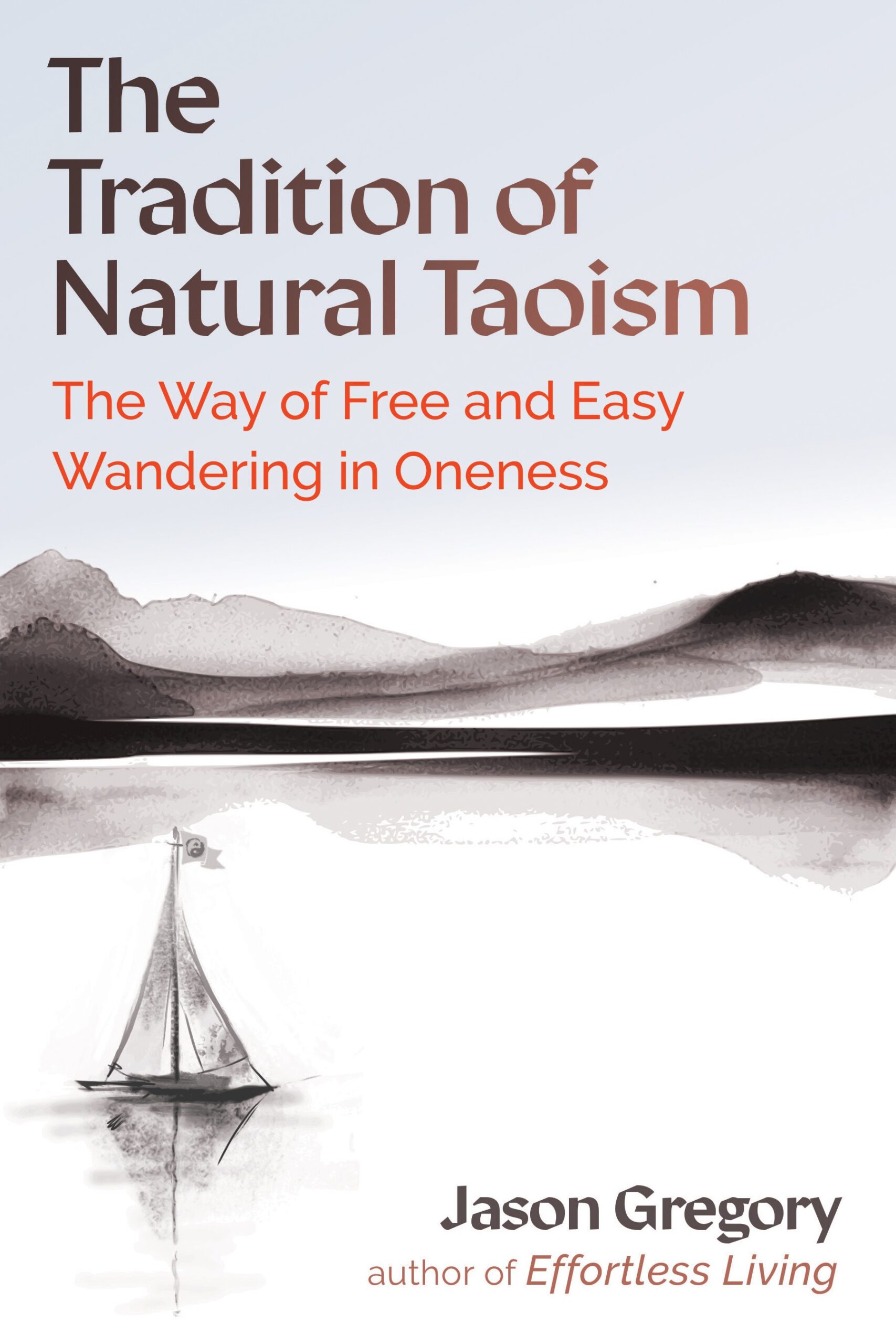Why You Are Not Blessed (no one is more special than anyone else)

In this episode of Enlightenment Today, I will speak about if we are blessed. Many people proclaim to be blessed based on their fortunate experiences in life which are usually based on pleasure. Personally claiming to be blessed is purely egotistical, especially considering you are implying that you are more special than someone else. From a spiritual perspective, feeling that one is blessed over others is the result of a me-centered spirituality based on individualism. This is a subtle psychopathy many people exhibit. But this does not mean we are not blessed. Once we realize that we are no more special than anyone or anything else, then we will discover that what we all are deep down within is the only blessing we need and is actually the only one we receive in life.
Lao-tzu vs Confucius: The Ultimate Sage Showdown
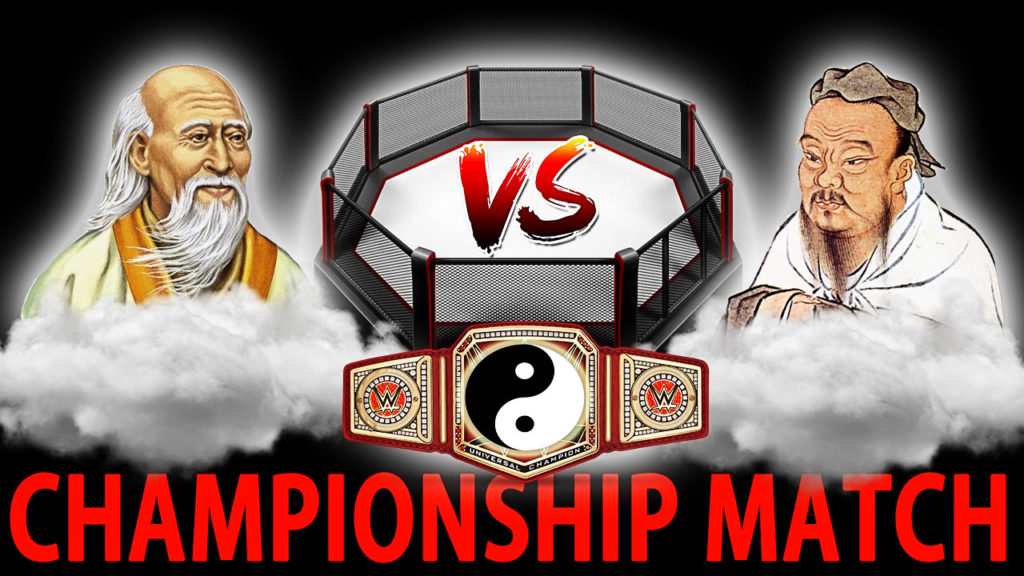
In this episode of Enlightenment Today, I will speak about the ultimate sage showdown between Lao-tzu and Confucius. Both sages have diametrically opposed philosophies and viewpoints on the nature of humans and the irreducible essence of the Tao. These differences are showcased in the opposing metaphors of Lao-tzu’s uncarved block and Confucius’s carving and polishing. Both metaphors try to dissect whether or not humans are naturally good or if we are naturally beasts. These differing views influence our perception of the nature of the Tao, making us believe that either the Tao is natural to the universe with no need for effort or that the Tao needs to be induced through discipline and self-cultivation. Who will win this ultimate battle for sagehood supremacy?
Lao-tzu’s Wisdom on Artificial and Natural Desires
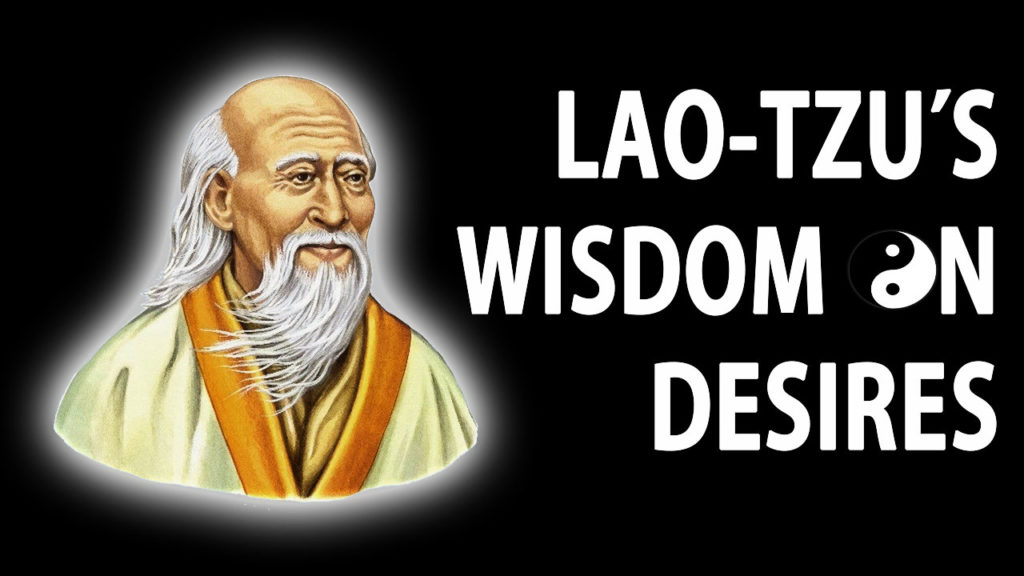
Lao-tzu’s Wisdom on Artificial and Natural Desires In the Tao Te Ching, Lao-tzu makes a distinction between “the desires of the eye” and “the desires of the belly.” He recommends that we revert back to one over the other. In chapter 12 of the Tao Te Ching Lao-tzu explains: The five colors blind our eyes. The five notes deafen our ears. The five flavors deaden our palates. The chase and the hunt madden our hearts. Precious goods impede our activities. This is why sages are for the belly and not for the eye; And so they cast off one and take up the other. The word “five” as it appears in this chapter can be replaced with extravagant or fancy, because five refers to our tendency to focus on sensual pleasures rather than moderation. The sage’s advice is to go back to the desires of the belly over the desires of the eye. But what are the desires of the belly and eye that Lao-tzu mentions? First of all, what are the desires of the eye that Lao-tzu warns us against? The Desires of the Eye and Modern Culture The desires of the eye are the things that you can see far away but you don’t possess. The desires of the eye are the artificial needs created by society, which keep us chasing and hunting a life that is not ours and this in turn “maddens our hearts,” to use Lao-tzu’s words. These desires are insatiable and practically infinite. We know these desires all too well because our modern culture promotes the desires of the eye as the template of a successful life. Think of how important Madison Avenue and the advertising industry are supposedly to modern culture. Modern advertising creates these new artificial desires through marketing. They promote the desires of the eye and this in turn creates inauthentic people, which is why Lao-tzu believes these desires are dangerous. A growing swell of people, especially among the youth, will stop at nothing to be famous or have social success. But both fame and success are artificial needs planted in our mind. Striving after such artificial desires suppresses our true nature. As a result, we become a soundbite generation with no depth, where we always swim in the shallows. Being famous, then, becomes more important than integrity, arrogance is mistaken for humility, and marketing is more important than knowledge and wisdom. We only have to see what nonfiction books are bestsellers and what films are the highest grossing to realize that we’ve built an empty culture with no depth. Granted, some few worthy books and films can get moderate exposure and reach a wider audience, but this is very rare. And last but not least, wealth is mistakenly associated with success. The symbol of success, then, is wealth, which either consciously or unconsciously motivates many people to do what they do in life. This is just the nature of a shallow culture. As a result, we’ve got this new phenomenon of people striving to be entrepreneurs for the sake of being one. So, an entrepreneur then is someone who is just a motivation speaker for other people to become motivational speakers. This empty striving just to be noticed is not natural entrepreneurship. True entrepreneurship just happens naturally resulting from hard work, a brilliant idea, and perfect timing. Think of Steve Jobs, Elon Musk, Jeff Bezos, and so on. None of these people set out to become an entrepreneur or have wealth and fame. All three acted on a brilliant idea that they believed in and now they reap the rewards. In a culture driven by the desires of the eye, we get in the bad habit of trying to mimic someone else’s achievements as if this is a sure-fire path to success. We are always comparing our lives to others and this breeds inauthentic people. We try to emulate other people we believe are on a pedestal. On top of this, we also try to live up to social norms which, in the end, inculcate within us a fake sincerity enacted by our role in the world and this is not who we truly are beneath our social and cultural conditioning. This is why we feel a certain stench about some people’s sincerity and their over the top attitude towards being politically correct. German philosopher Martin Heidegger explained that when we are enacting a certain role with fake sincerity then we are driven by “they,” meaning the expectations of other people and culture. As a result, we are not operating from our original nature, which is our deep-down raw self, minus its egotistical conditioning. Most people never encounter this raw deep egoless nature because people are too busy trying to be somebody important and trying to acquire wealth. We are always trying to keep up with the Joneses or get ahead of them, and this attitude eclipses our true nature. As a result, we have a world that is predominately hypnotized by consumerist thinking. Modern culture, and specifically advertising, sell us this idea of how our lives should be, such as the American dream, which fuels our consumerist habits. Marketing ramps up what we think we need, but in truth we don’t need any of what they’re selling. We are fooled into believing that we need the latest smartphone, car, clothes, haircut, computer, television, and whatever else is deemed trendy by advertising. We also think we need to be famous or known and respected in some sort of way, even if in truth we’ve accomplished nothing to gain such notoriety. All of these artificial desires are built on the lie that we actually need all this rubbish. The fact of the matter is you don’t need any of it. And I’m going to let you in on a little secret that all these great motivational speakers won’t tell you, not everybody can have financial success or fame, and not all
Kali Yuga: The Spiritual Degradation of Humanity

In this episode of Enlightenment Today, I will speak about the dark age of the Kali Yuga. In the Hindu cycles of time known as the Yugas, the Kali Yuga represents the spiritual degradation of humanity. This age is commonly known as the age of darkness or the age of ignorance, where our mind is drawn primarily to the material world and an individualism that is subtly influenced by our survival instincts. We have a blind ignorance of the world within us, our nature as pure consciousness. And no surprises, we are living in the Kali Yuga and are starting to see in other people and also feel within ourselves the effects of this age. As a result, we lack the moral fiber and mental concentration necessary to pursue the path of liberation. But fortunately for all of us, after Krishna left this world, signifying the beginning of the Kali Yuga, some enlightened sages could foresee our future and they wrote the Puranas, Tantras and other scriptures to serve our spiritual needs in this dark age. In this episode you will learn about the negative impact of the Kali Yuga and how also to counter its effects so that you bring your awareness back to the ultimate path of liberation.
Vairagya: The Practice of Dispassion Towards the World
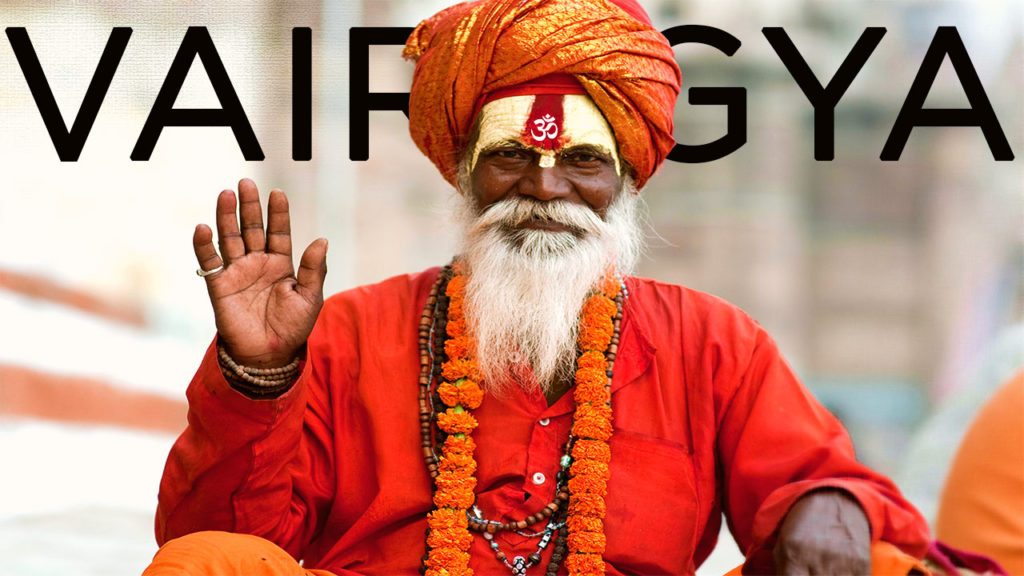
In this episode of Enlightenment Today, I will speak about the practice of vairagya in Hindu philosophy. Vairagya is a term that can be translated as dispassion, detachment, or renunciation. Someone who practices vairagya has a dispassionate attitude towards the pain and pleasures of the world. Vairagya refers to an internal state of mind rather than an external lifestyle and this is why it can be practiced by one engaged in family life and career as it can be by a renunciate. But the deepest benefits are often experienced by a renunciate sage. Even though the practice of vairagya is a rejection of all the suffering in the world, it does not mean suppression of or developing repulsion for material objects. By the application of the practice of viveka (spiritual discrimination or discernment) to life experience, the spiritual aspirant gradually develops a strong attraction for the true Self (Atman), which is the inner spiritual source of fulfillment and bliss (ananda). As a result, limited attachments and desires in the world fall away naturally. The great sages advocate vairagya as a skillful means to achieve liberation (moksha), the realization that Atman is Brahman.
Mental Health Issues in Spirituality
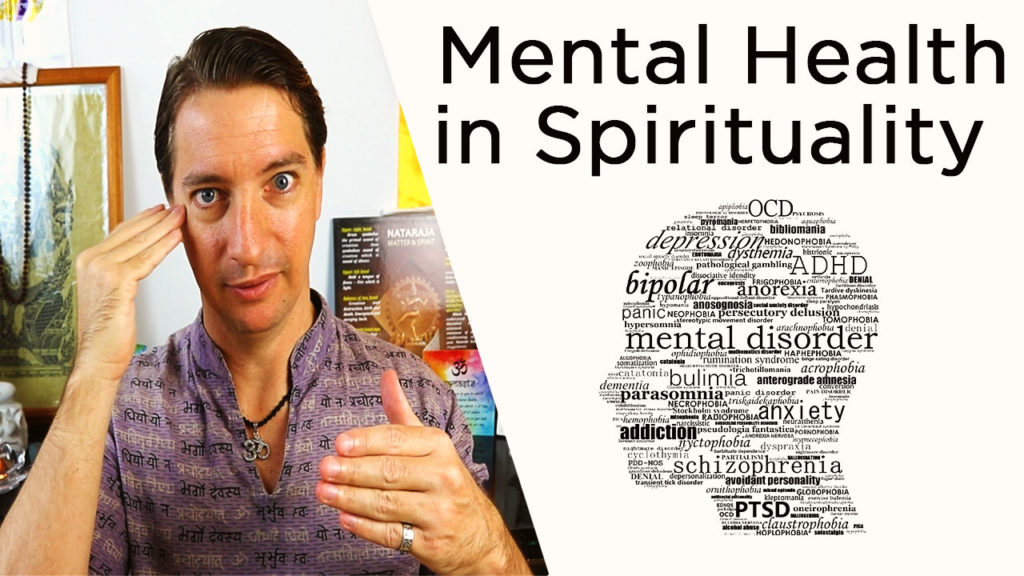
In this episode of Enlightenment Today, I will speak about mental health issues in spirituality. To speak about mental health in relation to spirituality may appear contradictory. But there are a growing number of cases where people have experienced the effects of mental health, including depression, chronic anxiety and stress, schizophrenia, and even suicide in some extreme cases. This has been exponentially growing because of the misinterpretation of ancient knowledge by self-styled teachers who themselves are not trained in a particular tradition. This lack of training and lack of comprehension is best showcased in the number of neo-Advaita teachers that have come forth in recent decades, especially in the West, who butcher the teachings of Ramana Maharshi because they have no traditional training in the actual tradition of Advaita Vedanta. But this phenomenon of mental health in spirituality is not isolated to Advaita Vedanata because it extends to the modern followers of many great ancient traditions. In this episode, I will explain how to discern if the path you are on is genuine and also the way to avoid such traps that may lead one to mental health problems.
Why People Are Scared of Advaita Vedanta
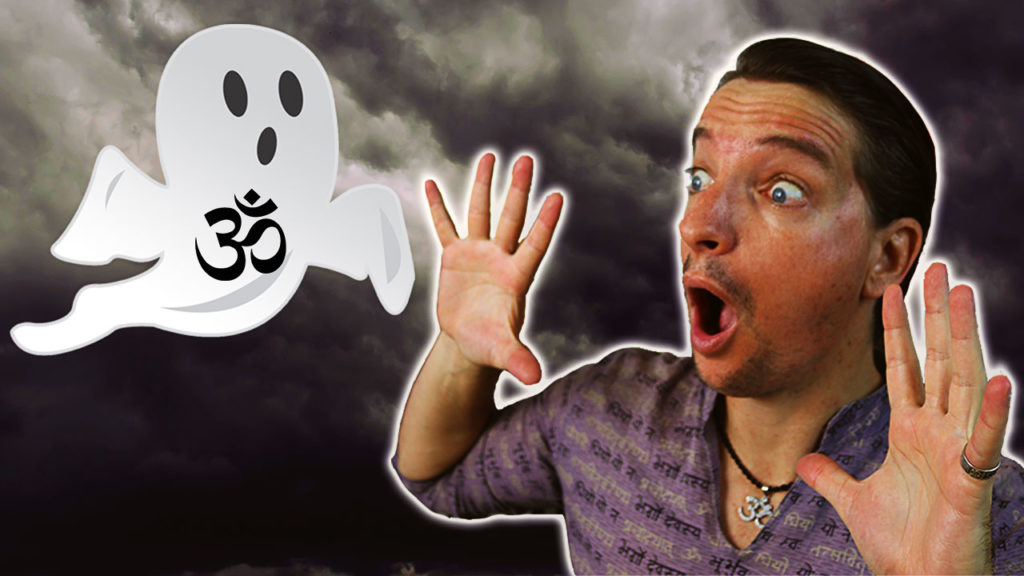
In this episode of Enlightenment Today, I will speak about why people are afraid of Advaita Vedanta and other Eastern spiritual traditions. Advaita Vedanta is one of the most difficult spiritual paths to follow, but it is one of the most transformational. Following Advaita Vedanta sincerely frightens most people because of the radical effect it has on our sense of individuality. People want to learn and be engaged in Eastern spirituality because they feel it will improve their individual lives. But does Advaita Vedanta and Eastern spirituality in general, have any to do with self-improvement?
The Story of Shiva and Parvati’s Divine Marriage
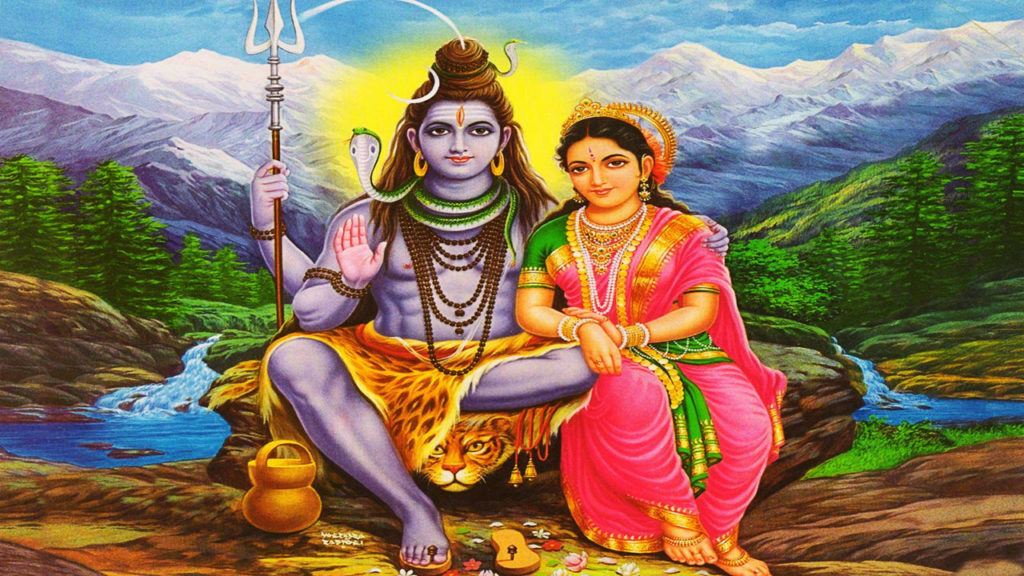
In this episode of Enlightenment Today I will speak about the ancient story of Shiva and Parvati’s divine marriage. Their union is one of the most significant stories throughout history. It is one of those ancient myths that will never lose its significance, as it means something very deep for all of us. In this episode I will explain the story for you and also its hidden meaning.
Why the East Avoid Debate and Why You Should too

Why the East Avoid Debate and Why You Should too Avoiding debate is a hallmark of Eastern thought, especially in countries such as Japan. This mentality is hard for a lot of Westerners to comprehend. In the West, we are encouraged to debate so that we can come to a conclusion on a matter. This Western way of thinking is incorrectly believed to be universal. Many Westerners believe the way they think is the same for everyone in the world. This way of thinking is a clumsy way of viewing the world. Both East and West cognitively evolved differently, influencing their social structures, philosophies, religions, language, and basic world view. In the West debate was a natural byproduct of analytical thinking and individualism. While in the East, avoiding debate was a natural byproduct of holistic thinking and collectivism. Avoiding debate in far East Asia can partly be attributed to Confucianism and Taoism, because people have a respect for their elders even when the older person might be obviously wrong or their statements unfounded. For example, we see this attitude in the scientific field, where a lot of support is often funneled to the mediocre older scientists instead of the more talented younger ones. But this resistance to debate is not only an ideological or social one. This resistance extends to the nature of communication and rhetoric. We know rhetoric in the West provides an underlying structure for everything from solving problems, exploring evidence, and other arguments and refutations, so we can come to a conclusion or recommendation. But this linear rhetoric model is uncommon in the East. For example, it’s usually the last thing an Easterner learns on the road to becoming a scientist. This is surely strange to Western academia, but this is how most Easterners have cognitively evolved, even though there is a growing trend in the East to become expert debaters. But is it right for Easterners to fall in line with Western thinking? Or is there something in the art of no debate that the West could learn? And yes, there are a lot the West can learn from the East about many things, including their resistance to debate. To learn about such mentality in the East, we need to explore why they avoid debate in the first place. Japan is usually the best example because they have stuck more to this cognitive trait than other Eastern nations. When we examine decision-making processes in Japanese board rooms and executive councils, they are designed to avoid conflict and dissonance at all costs. These sorts of meetings are often a ratification of consensus achieved by the leader of the meeting beforehand. If someone has a conflict or disagree with the decision being made, they will usually avoid the situation to keep harmony and good relationships with their co-workers. From a Western perspective, this way of going about business would be considered stupid. But it is in this Eastern attitude that the kernel of truth resides, which we can all learn from. The holistic view of the East is built on the foundation of relationships. This means first and foremost friendships are number one no matter what your individual opinion is. Keeping good relationships and friendships are always considered before someone emotionally wields their own personal view on a matter. Even when two people disagree in the East, they will come half way for the friendship even if they still disagree, because again, friendship first. This is why before engaging in business with a Chinese businessperson you better get your liver ready because they first want you to drink with them to see if you can be trusted and also to see if they can develop a friendship with you. And when I say drink, I mean legless drunk. It’s their skillful way of disarming your ego to see who is really behind the mask. This approach is more about friendship rather than if the business deal is good or not. Don’t get me wrong, the deal matters, but from the Eastern perspective friendship is more important moving forward. This friendship first mentality actually caused problems when Easterners and Westerners began doing more business together. And this comes down to the way both view contracts. For a Westerner, once a deal is done, it shouldn’t be modified. A deal is a deal. But, on the other hand, to an Easterner a deal is a tentatively agreed upon guide for the future. Both opposing views most notably caused conflict in the past between Japanese and Australian businesspeople over a contract for sugar. Australia refused to renegotiate the contract when the price of sugar dropped radically on the world market. The Australian view was that the Japanese were being purely self-serving and self-interested. But this was not the case. Actually, Japanese suppliers take these sorts of matters into consideration with their own customers. One example of this is the film industry in Tokyo. When it snows in Tokyo, film distributors are more likely to compensate theater owners for their drop-in audience attendance. This type of friendly compensation would be unheard of in the Western business world. So, the misunderstanding between Australia and Japan was due to a lack of understanding of both cognitive styles and cultural perspectives. Actually, if we look at this situation from a Western perspective, it is not cost-effective to have such a friendly attitude. But when viewed from an Eastern perspective their attitude strengthens the relationship between customer and supplier which makes sense in many ways. Though the Eastern view of not debating may seem radical, it is the best for keeping friendships and also for allowing relationships to grow rich. The Eastern view highlights the fact that individual opinion is not the be all and end all. What is more important is collective harmony minus a self-interested ego, which is a common trait among many Eastern philosophies. But this
The Life and Teachings of Ramana Maharshi

The Life and Teachings of Ramana Maharshi Many people have heard the name Ramana Maharshi, but surprisingly most of them don’t know who he was and why he was one of the most important figures of the 20th century. Personally, his teachings thrust me on the path of spirituality at a young age. He was one of the great sages who opened the door of Eastern wisdom for me. I hold Ramana Maharshi in the highest echelon of sages who graced the Earth. I believe he belongs in the honorable company of the Buddha, Lao-tzu, Chuang-tzu, Shankara, Patanjali, Bodhidharma, Nagarjuna, and Mahavira. He belongs to this ancient thread of enlightened masters. The teachings Ramana Maharshi expounded belong to one of the greatest teachings on the planet called Advaita Vedanta, which is one of the main schools of thought in Hinduism. But before we dive deep into these teachings and his own wisdom, how did Ramana Maharshi become a great sage? The Life and Death of Venkataraman Iyer Ramana Maharshi’s birth name was Venkataraman Iyer. He was born on December 30, 1879 in the small village of Tiruchuli in the south of India. He had a normal upbringing, just like any other young Indian. Nothing in his early life was out of the ordinary. But everything changed for him at the age of sixteen. One day, he was alone in an upstairs room inside his uncle’s house in Madurai. Suddenly, he had an intense fear of death, where for the next few minutes he went through a simulated death experience. During this experience, he became aware of his true nature for the first time. He realized that his real nature is eternal, and it is unrelated to the body, mind, and personality. According to Vedanta, he had a realization of the Atman, the Self with a capital S, which is the undifferentiated consciousness at the core of our being. The young Venkataraman realized the Atman at the core of his being and his life was instantly transformed. And yet, you’re probably thinking that many people have had this experience. But what makes Ramana Maharshi’s experience unique, is his experience of the Self was permanent and irreversible. This claim didn’t come from the mouth of the man himself, but rather his followers. So, if you are unfamiliar with this type of knowledge you might be skeptical about existing permanently as the Self, beyond the personality. But if you’ve truly experienced the Self, you know that your life has permanently changed and, thus, your life is dedicated to the path of liberation, moksha in Sanskrit. There is no turning back to the mundane concerns of life when you have had a true experience of the Self. I would also like to suggest that all experiences of the Self are permanent and irreversible, but the reason we view Ramana Maharshi’s experience differently is because the sense of an individual person in him had ceased to exist, and it never reared its ugly head again. Not all of us can say that the individual person ceased to exist after realizing the Self, because most of us try to maintain our social life which requires a certain amount of personality to survive. But young Venkataraman, on the other hand, walked completely out of his life to never return. This type of renunciation is revered in India, and according to the great traditions of Vedanta, Buddhism, Jainism, Samkhya, and Yoga, this type of worldly renunciation is necessary to establish yourself in your true nature (this sort of knowledge is explained with differing philosophy and terms in the great traditions). So, in 1896, at the young age of sixteen, Venkataraman Iyer walked out on his family. At the time, he never told anyone in his family about his experience. After his realization of the Self, he kept up appearances at his school and with his family for six weeks, but it was difficult for him to pretend to be this person people know as Venkataraman Iyer. He couldn’t play this game too much longer and so he pined for an environment more conducive for spiritual life. He had a deep calling to go to the holy mountain of Arunachala in the small town of Tiruvannamalai. This was not a random urge, because Arunachala is considered by Hindu’s as a manifestation of Shiva. Ramana Maharshi actually said in later years that it was the spiritual power of Arunachala which brought about his enlightenment. And I can tell you that from personally spending a lot of time at the foot of Arunachala, the mountain definitely has a certain power and also an ability to settle the mind which is indescribable. The Birth of a Great Sage Once Ramana Maharshi arrived at Arunachala, he never moved more than two miles away from its base from 1896 until his death in 1950. During those years the birth of the great sage Bhagavan Sri Ramana Maharshi came into the world. Actually, it was one of his earliest followers who renamed him Bhagavan Sri Ramana Maharshi. To understand this name, first Bhagavan means Lord or God, Sri is a title of honor in India similar to Sir in England, Ramana is a contraction of his birth name Venkataraman, and Maharshi means “great seer.” From 1899 to 1922, Ramana resided in many caves on the slopes of Arunachala. In his early years there, he spent most of his time in silence. It was through this intense silence that people began to gravitate around him. This silent force he emanated could bring stillness to the minds of those around him. People were naturally more peaceful and their minds were completely still in his presence. This deep silence was his original teaching and this powerful silence is a state of consciousness revered in the great Eastern traditions. In later years, Ramana was more willing to give verbal teachings for people

